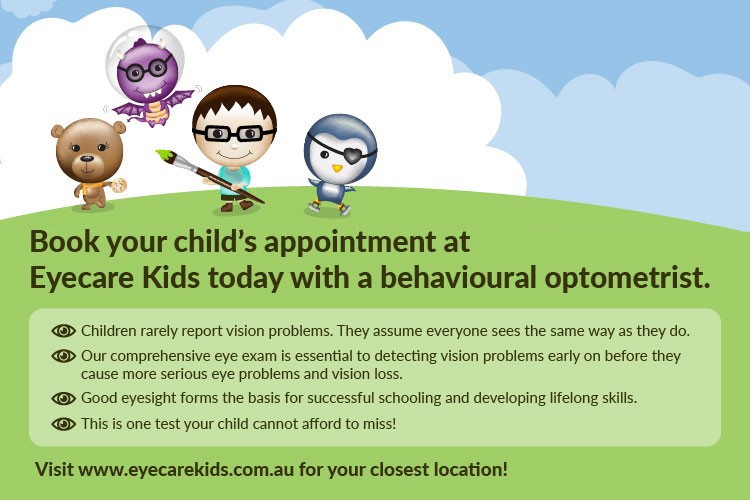My name is Swathi Vemula and I am a Vision Therapist.
Only I didn’t think I was going to become a Vision Therapist and until a few years ago, I didn’t even know what Vision Therapy or Behavioural Optometry was.
I am a fully qualified international optometrist. I had graduated from a prestigious Optometry School in India and when I followed by husband (who came to Australia to complete his PhD in Optometry, UNSW), I wasn’t quite sure what I wanted to do.
It took me 2 months to finally decide to look for work as an optical dispenser for a local optometry practice until I had time to complete the arduous examination process to become a registered optometrist in Australia.
Within a week of job hunt in Sydney, I came across this interesting advert seeking an optometry assistant to work for a local behavioural optometry practice. It quickly struck that it was not an area I was very strong in. Actually, let’s be honest, at that time, I knew nothing about behavioural optometry. However, I was very keen to apply for the job as it could be an opportunity to learn. With some apprehension, I ended up applying for this job, as it was just 3 clicks away from home. We all know such a convenience is a luxury in this city. Fortunately, I was offered the position as an optical dispenser…. at least that was the position in the beginning and I didn’t realise how much there would be to learn! And before I came to Australia, I honestly thought I already knew everything about optometry!
Early on, I was asked to do a try doing some binocular tests under the watchful eye of behavioural optometrist, SooJin Nam. Easy!! I knew binocular vision! I walked in confidently to the consulting room and then saw gadgets that I had never seen in my life before.
I didn’t know if they were used in Optometry and for a second I wondered if it was a different type of consulting? I was given a list of tests to try out. First glance at the list I was so happy with the fact that I knew how to perform most of them. But then I panicked when I saw the last test on the list, which read, “Howell’s distance and near phoria”. What on earth was a Howell phoria?
That was the day when my learning in Australia began. Precisely from my first day onwards, I kept that learning curve growing. I delved really deep into concepts of binocular vision, vision processing, strabismus, amblyopia and eventually discovered the huge ocean of an exciting science called Vision Therapy.
I thought I knew eyes. I thought I knew vision. I realised now how much I took for granted about how we use our vision. I now appreciate (in a new light) the significance vision has on learning.
I learnt how patients with conditions like convergence and accommodative anomalies, strabismus, amblyopia and autism, have difficulties using both their eyes together. This results in a significant reduction in brisk and smooth processing of visual information which can affect learning capabilities.
Vision therapy helps these patients use their brain and eyes to have more efficient eye movements – focusing, teaming and tracking. Simply put, it’s like a workout regime tailor– made for each person to reach specific goals. This involves training the person using a series of binocular eye exercises as well as of other exercises to improve visual memory, attention and spatial awareness.
So with my reticular activating system suitably activated, I realised there were all these books on vision therapy and behavioural optometry that I never knew existed. I started reading and loved this whole area of optometry that seemed so interesting.
SooJin let me sit in and watch her during her therapy sessions with patients. That was so interesting and so overwhelming to think how much I still needed to learn! I was given the opportunity to attend vision therapy workshops and conferences and eventually became qualified as a Vision Therapist!
The same gadgets in my clinic that I once thought were props used in some alien movie are now my favourite toys. I provide vision therapy services to about 15 patients every week, help out with the school program, provide vision screening for pre-school children, write reports for teachers and also help manage the vision therapy program for Eyecare Kids.
Vision Therapy is now a big part of my life and I recently attended a conference in Sydney on Maximising Stereopsis for Strabismus by Dr David Cook. No two patients are ever the same and that’s one of the things I love about what I do. I love the challenge and the difference I can make to patients! It’s very rewarding for me to see my patients improve with treatments that is unique to behavioural optometry.

